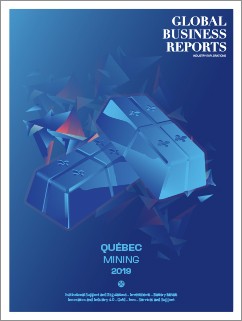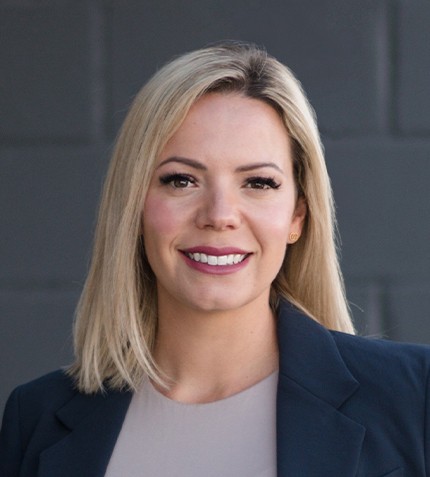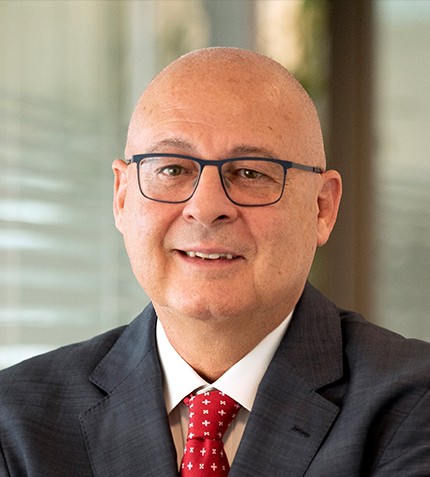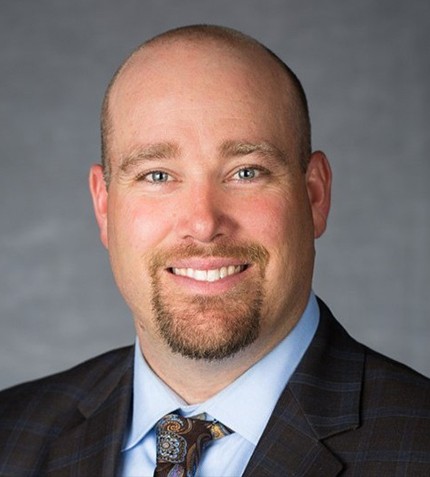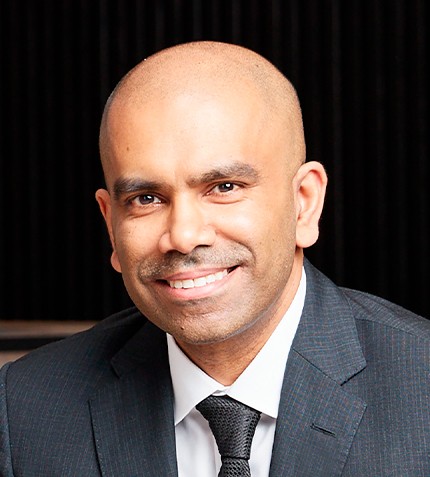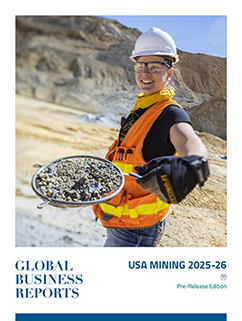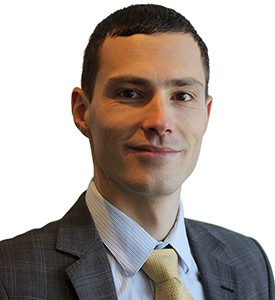
“The biggest bottleneck in the mining industry is not actual mining or scarcity of resources, but rather lack of refining capacity. Companies began finding rare earth deposits all over the world but would have to produce a concentrate that could be refined and processed in one country – China.”
RELATED PUBLICATION
ARTICLES FROM THIS PUBLICATION
Kiril Mugerman
CEO, GÉOMÉGA RESOURCES
GéoMéga focuses on a lanthanide called neodymium, but has shifted its attention from exploration to refining. What prompted this change of strategy?
GéoMéga started as an exploration company and as business developed, migrated towards refining related affairs. The biggest bottleneck in the mining industry is not actual mining or scarcity of resources, but rather lack of refining capacity. Companies began finding rare earth deposits all over the world, but would have to produce a concentrate that could be refined and processed in one country – China. This creates a monopoly, as China is the only buyer. Currently, Australia doesn’t have the capacity to refine additional raw materials.
We saw this as an opportunity and decided to shift focus from the development and construction of mines to the development of refining technology. GéoMéga has made and continues to make significant progress regarding its refining processes. In 2014, we were running tests at 0.003 grams of rare earth per liter, and today we are running at over 100 grams per liter. Over the past five years, we have been able to improve these efficiencies by making minor adjustments and ensuring our processes could handle concentrations similar to those of solvent extraction.
Do you intend to move into production in the future?
When the market becomes more favorable to building new mines and starting new projects we will do so, but for now, we are focusing on the processing and refining of industrial residues. These are basically concentrates and are most commonly used today as magnets in various industries to power technology and improve efficiency. Magnets, which contain a mixture of neodymium, praseodymium, dysprosium and terbium contribute only 25% of the volume of the rare earth mined but represent 80% of the value of the entire supply chain. This led us to focus on mining for materials that are required to make magnets.
There are two sources of materials we are currently focusing on – firstly, residues from metal and magnet manufacturers such as the recently signed LOI with a magnet manufacturer in America that will supply us with one tonne per month; secondly is the recycling of products that currently use magnets such as electric vehicles and wind turbines.
Will GéoMéga look to merge with other companies to advance operations?
Typically the aim of the majority of juniors is to sell their operations to a bigger company, however, in industrial minerals, you see very little M&A activity. In the precious and base metals industries, which are comprised of multiple juniors and major operations, mergers and acquisitions are more common, but there are no majors in the rare earth or industrial mining industry, apart from in China.
How have the operations of GéoMéga been funded and are new sources of funding being explored?
GéoMéga has received several federal and provincial government grants as well as provincial level equity. Recently, the government granted us C$350,000, and the required balance is sourced from equity and traditional public vehicles. We try to minimize cash expenditure with most expenditure going into research, and as research advances, we source additional funding. Government subsidies cover costs of research (mainly salaries) and we input the balance for the equipment and up-scaling of materials as required. As additional capital is required, we intend to raise more, but we are also hoping to achieve cash flow soon.
What are the key priorities for GéoMéga going into 2019?
Firstly, we aim to complete the development of the 200 liter unit for processing magnetic residues containing neodymium and dysprosium and demonstrate its reliability and functionality, which will allow us to increase our production capacity. This will include increasing the purity to 99.9% and higher and will demonstrate that the process is competitive economically. Secondly, we want to secure contracts with end users and secure more feed supply from all over the world.




